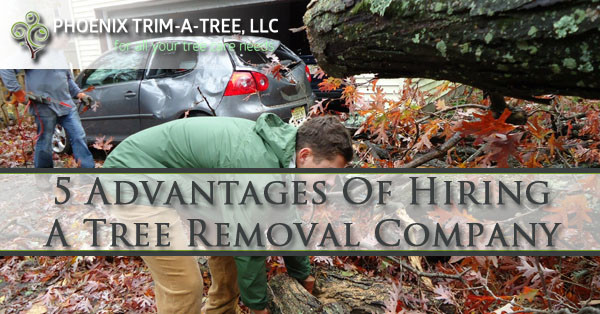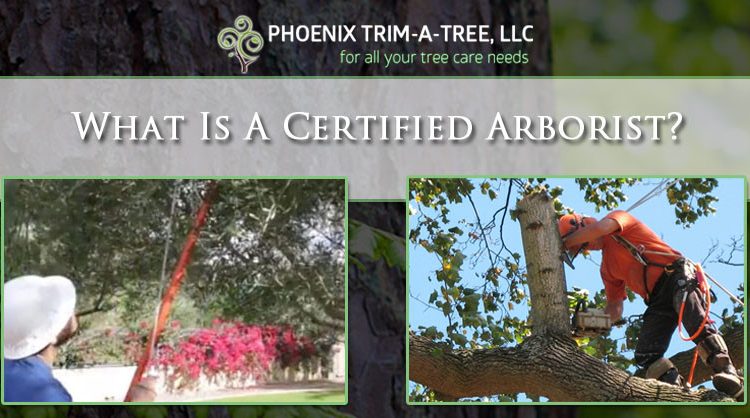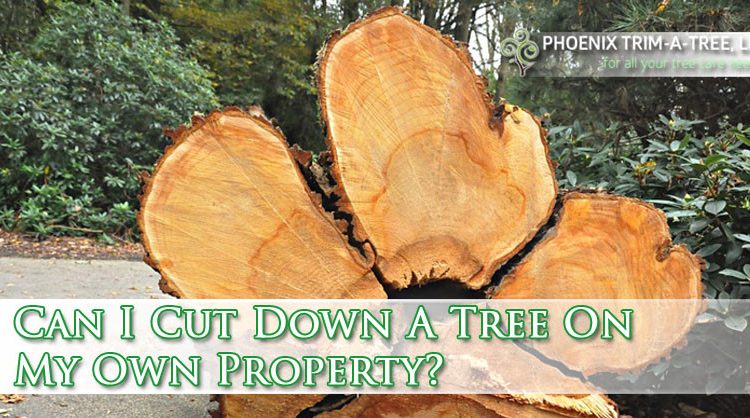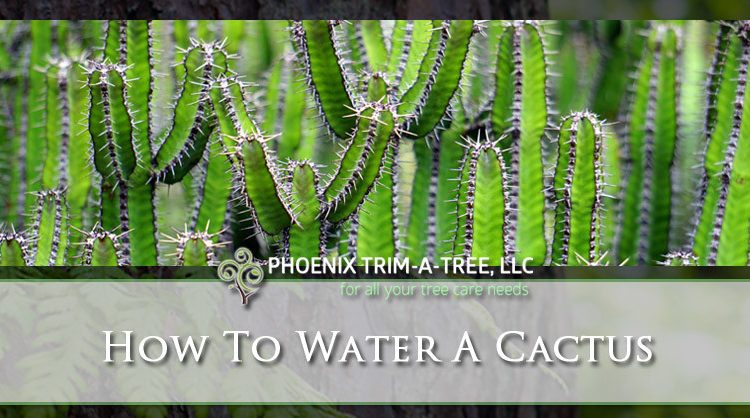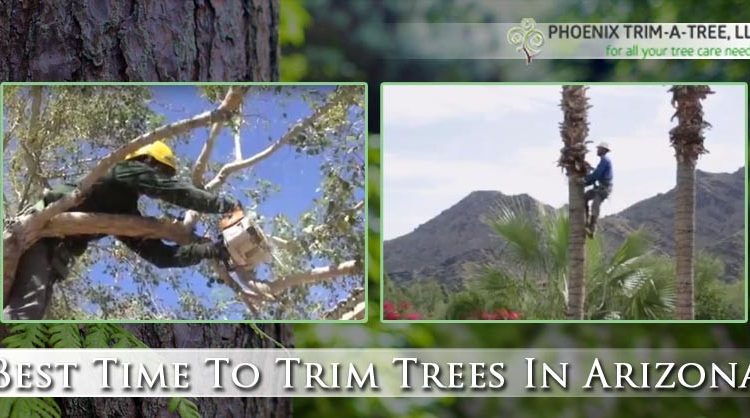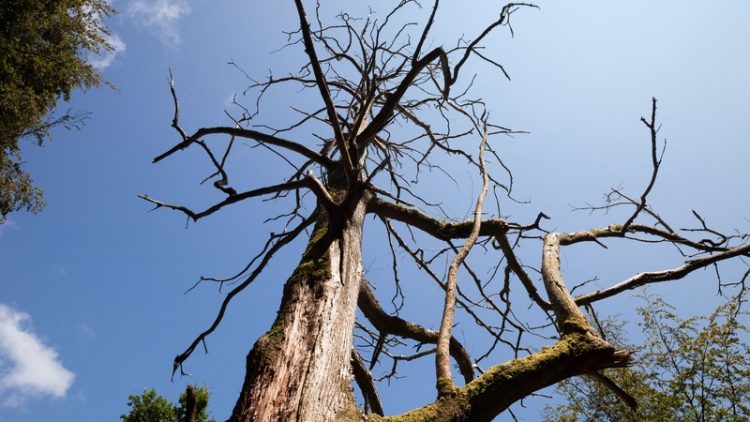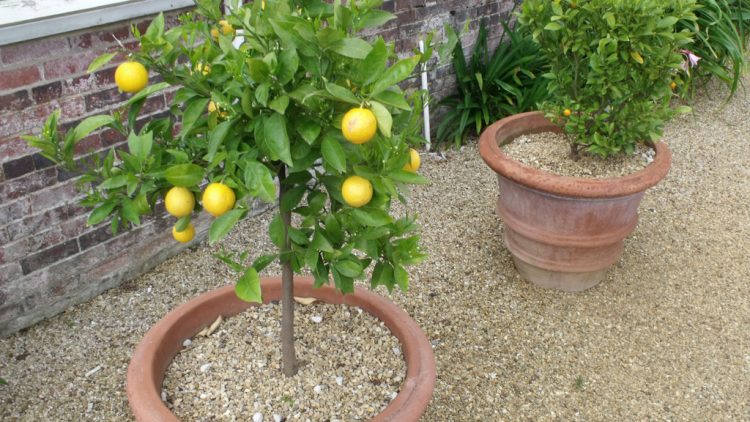5 Advantages Of Hiring A Tree Removal Company
5 ADVANTAGES OF HIRING A TREE REMOVAL COMPANY
GET A FREE ESTIMATE TODAY!
Trees sometimes need removal. Sometimes it is because they are dead, or dying. Other times there has been damage from a storm or homeowners simply would like to have the tree removed for safety or to use the space for something new. Whatever the reasons the advantages of hiring a tree removal company are clear. We have examined a few of them below.
SAFETY & PROTECTING PROPERTY
While many of us image cutting a tree down is as easy as swinging an axe or plowing through the trunk with a chainsaw, it does require more fineness and training to do it properly. Youtube is chalked full of videos of a couple good old boys hooking up their pickup truck and confidently getting to work, only to find that the tree falls right into the roof of the house. This isn’t just damaging and expensive to fix, but with people in the home it can be potentially life threatening.
It isn’t just home or bystanders that are in danger. Chainsaws mixed with ladders and a dash of inexperience can be a recipe for disaster. Professional tree removal companies have the right tools, the right safety equipment, and the right training to handle the job safely to avoid harm.
QUICKER TREE REMOVAL
Large trees require the use of ropes and specialized cutting tools to bring it down. The largest trees may even require either a crane to help safely take it down or for the tree to be removed in manageable sections. This is only compounded if the tree is close to the house, or worse close to power lines. Without the proper training and tools it can take a lot of time to take the tree apart a piece at a time while trying to prevent damage to the house or power lines. Professionals do it quicker with the right tools, such as cranes that can lift sections away from power lines. Pros also know where to cut and how to make the process safe.
GREATER PEACE OF MIND
There are a few ways that hiring a tree removal company gives you greater peace of mind. Firstly it means that you won’t be trying to climb into the tree with cutting tools or a chainsaw. This keeps you safely on the ground and eliminates any danger to you. Professionals also provide peace of mind knowing that they are trained to do the job safely and not damage your property. Tree removal companies carry insurance to guard you against any property that is damaged during the process.
CONTROLLING THE CHAOS
Tree removal is an orderly process, yet there are a lot of leaves, sticks, twigs and debris that end up on the ground around where the tree was removed and on the way to the chipper or trucks that are hauling away the waste. Professional tree removal involves removing all of the debris from your yard.
REMOVING THE STUMP
One of the most stubborn parts of a tree is the stump. They are the widest point and they are securely connected to the root system. Tree removal companies typically include services to use specialized machinery to remove the stump and erase all evidence there was a tree in that spot. This frees up your ability to make use of that area as you please.
TREE REMOVAL PHOENIX
If you need a tree removed anywhere in the Phoenix area Phoenix Trim-A-Tree is your source for professional, timely, safe tree removal. Save yourself the time trying to find the tools and remove the tree yourself and trust the professionals to safely remove the tree from your residential or commercial property.

